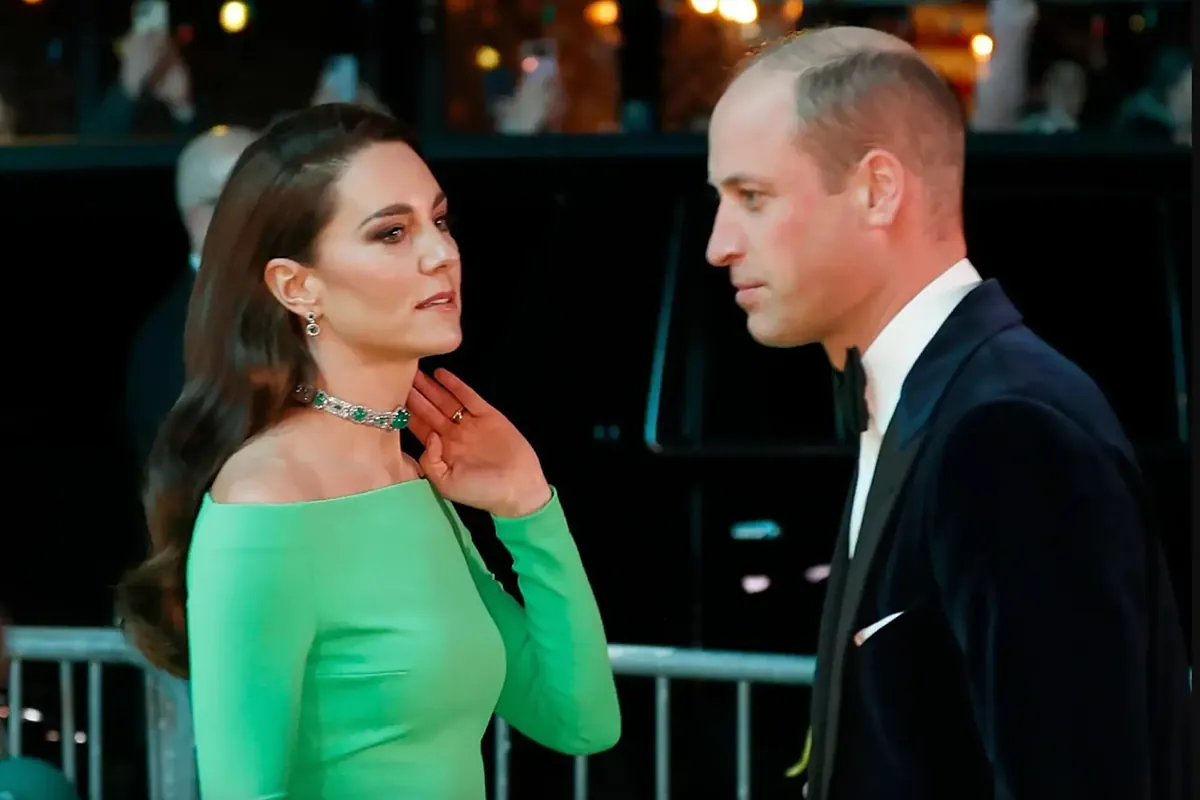

Prince William and Princess Kate‘s recent trip to the Scottish Isles of Mull and Iona wasn’t just about scenic views; it also marked an opportunity to embrace their royal titles tied to Scotland.
On April 29, the couple began their two-day visit to celebrate and connect with rural communities, doing so under the rare but significant titles they hold in the Scottish royal tradition.
Bizarre! Kate Middleton’s Mother’s Day tribute takes unexpected turn
Embracing the Duke and Duchess of Rothesay titles
When the visit was announced, Kensington Palace referred to the couple as the Duke and Duchess of Rothesay, titles they hold in Scotland. These royal distinctions go back centuries-dating back to 1469-and are traditionally given to the heir to the Scottish throne. With Prince William as the male heir, this makes Kate the Duchess of Rothesay, a title that is deeply ingrained in Scottish history.
While the titles of Duke and Duchess of Rothesay are well-known, the royal couple also carries other important Scottish titles that reflect their strong historical ties to the country.
While exploring the Inner Hebrides-an area comprising Mull and Iona-Prince William and Princess Kate are also known as the Lord and Lady of the Isles. This title has roots in medieval times, having been placed under royal control by King James IV of Scotland in 1493. From then on, it was largely held by the heir to the Scottish throne.
After the union of Scotland and England in 1707, which led to the formation of Britain, the Lord of the Isles became a title traditionally held by the Prince of Wales. Prince William inherited this role after his father, King Charles, conferred it upon him following the passing of Queen Elizabeth II in September 2022.
In addition to the Duke and Duchess of Rothesay, William inherited several prestigious titles, including the Earl of Carrick, Baron of Renfrew, and Prince and Great Steward of Scotland. These titles, which carry deep historical significance, link William to a royal past that dates back to medieval Scotland.
In addition to his new Scottish titles, William was named the new Prince of Wales, taking on the role once held by his late father.
This move also meant that Kate officially became the Princess of Wales, a title closely associated with her late mother-in-law, Princess Diana. Diana‘s legacy as the Princess of Wales remains a key part of both William and Kate‘s journey, especially as they step into these roles with a modern, compassionate approach to their royal duties.
This news was originally published on this post .











Be the first to leave a comment